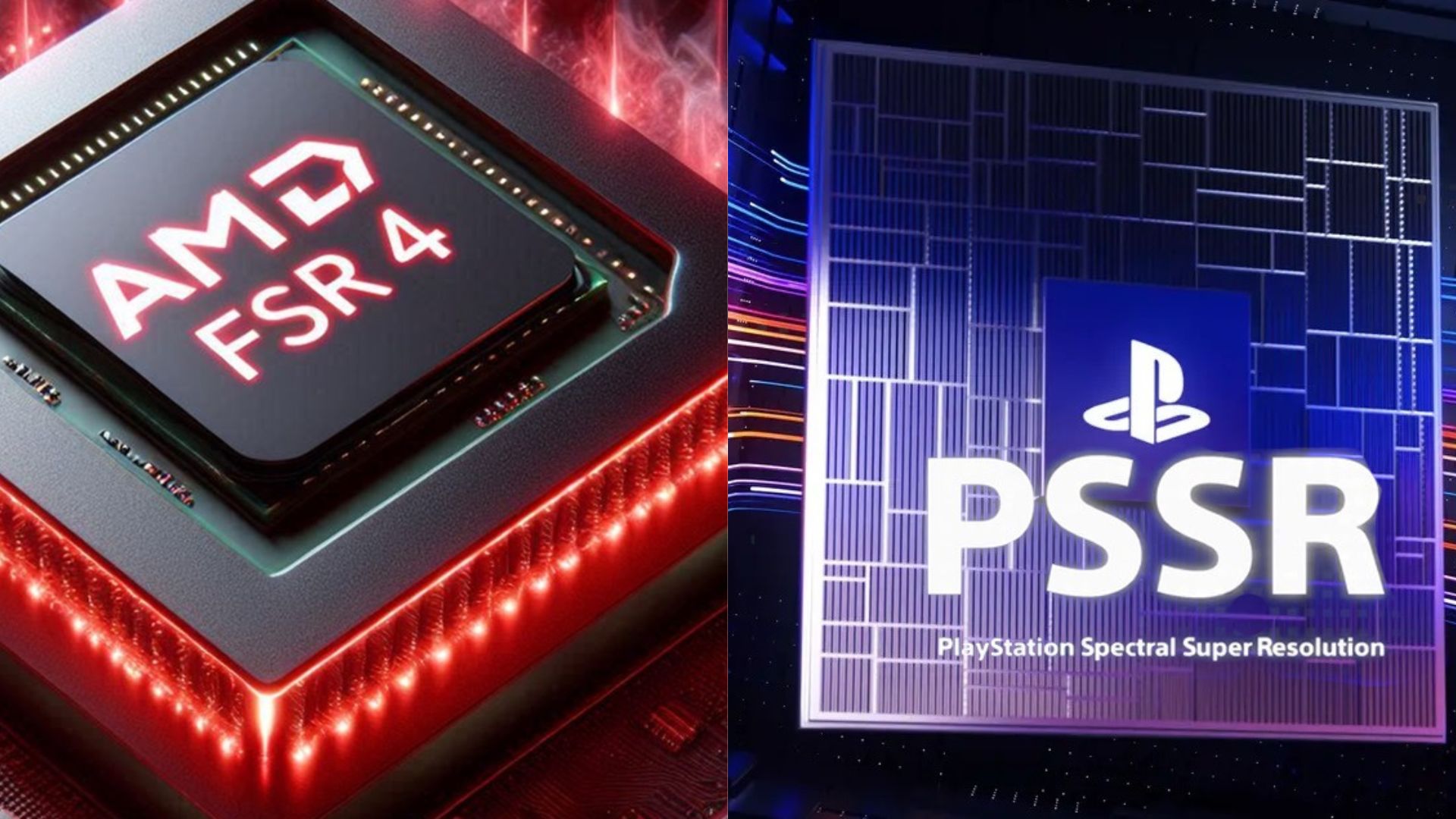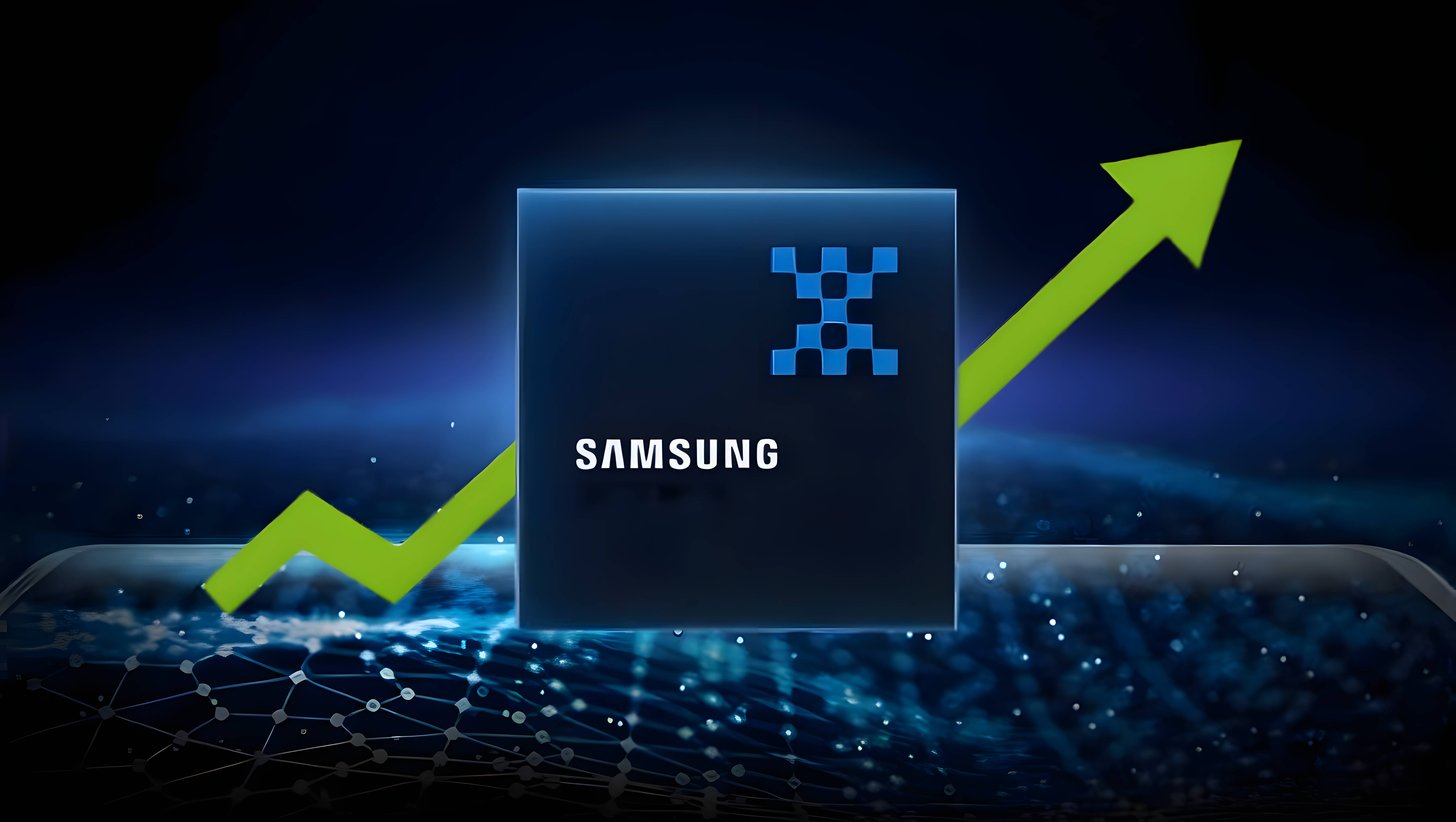- AMD FSR Redstone will have official third-party support from the start, supporting RTX and Intel Arc GPUs.
- FSR Redstone does not require AI or Matrix Math Cores, like Nvidia’s Tensor Cores, and it can run on GPU shaders.
- It can be directly added into DirectX or Vulkan graphics pipelines while suffering minimal latency.
AMD FSR 4 is a popular upscaler that matches, if not surpasses, all that its rivals have to offer. However, FSR Redstone (or FSR 5) is looking to push things in an unexpected direction.
A notable AMD executive has revealed that FSR Redstone will not only be a turning point in terms of upscaling quality but also bring official third-party support.
In other words, it will expand beyond AMD Radeon GPUs and be available for third-party manufacturers, like Nvidia’s RTX and Intel Arc GPUs.
Why it matters: Having official third-party support for AMD FSR Redstone would likely make it a viable upscaling solution for Nvidia GPUs, especially for gamers who are not satisfied with DLSS technology.

In an interview with Japanese outlet 4gamer.net, Chris Hall, the Senior Director of Software Development and head of AMD’s ROCm project, reveals that AMD’s FSR Redstone was built using a ROCm project known as AMD Machine Learning to Code (ML2CODE).
The neural rendering technology used by Redstone is turned into optimized Compute Shader code by using ML2CODE.
This means that the FSR Redstone neural rendering engine can also run on third-party GPUs.
-Chris Hall.
Additionally, FSR Redstone will also be supported by GPUs that do not have AI acceleration abilities. Unlike Nvidia DLSS, which relies on Tensor Cores, the new FSR upscaler will not need dedicated AI cores and will instead work with GPU shaders.
AMD FSR Redstone may even work on older RDNA 3-based AMD GPUs because of its design. On a side note, AMD FSR 4 now also runs on RDNA 3 and RTX 30 GPUs with some workarounds.

Additionally, Redstone not being platform-exclusive would mean that gamers will have the choice to switch upscalers on Nvidia GPUs easily; the same can’t be said about DLSS being available on AMD GPUs.
Do you think AMD FSR Redstone will find its footing with third-party GPU manufacturers? Let us know your thoughts in the comments below, or join the discussion on the Tech4Gamers forum.
Thank you! Please share your positive feedback. 🔋
How could we improve this post? Please Help us. 😔
Shameer Sarfaraz has previously worked for eXputer as a Senior News Writer for several years. Now with Tech4Gamers, he loves to devoutly keep up with the latest gaming and entertainment industries. He has a Bachelor’s Degree in Computer Science and years of experience reporting on games. Besides his passion for breaking news stories, Shahmeer loves spending his leisure time farming away in Stardew Valley. VGC, IGN, GameSpot, Game Rant, TheGamer, GamingBolt, The Verge, NME, Metro, Dot Esports, GameByte, Kotaku Australia, PC Gamer, and more have cited his articles.




